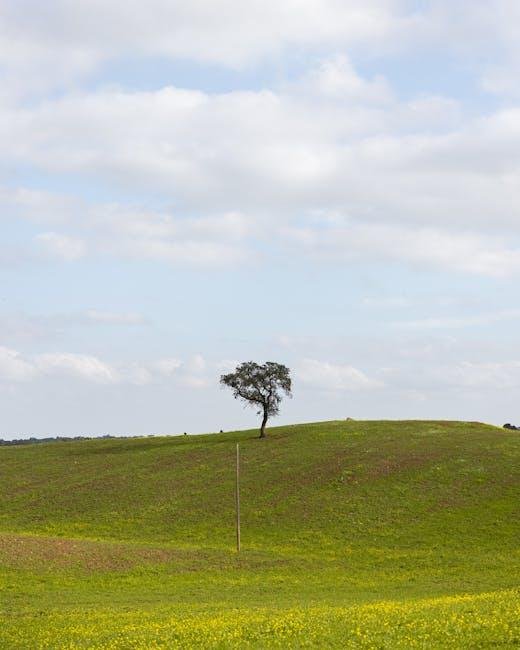Welcome to the fascinating world of Zimbabwe, a nation rich in linguistic diversity and cultural heritage. With over 16 official languages spoken throughout the country, Zimbabwe stands as a shining example of a truly multilingual society. Join us as we explore the linguistic landscape of this vibrant nation and delve into the unique nuances and complexities of communication in this diverse and dynamic environment. From Shona to Ndebele, English to Chewa, Zimbabwe offers a linguistic tapestry unlike any other. Let’s embark on a journey through the multilingual landscape of Zimbabwe, where language is not just a means of communication, but a reflection of the country’s rich history and identity.
Exploring the Diverse Language Heritage of Zimbabwe
Zimbabwe, a country located in southern Africa, is a true melting pot of languages and cultures. With over 16 officially recognized languages, Zimbabwe stands out as a multilingual nation with a rich linguistic heritage. The diverse language landscape in Zimbabwe reflects the country’s history of colonization, migration, and cultural exchange.
Some of the most widely spoken languages in Zimbabwe include Shona, Ndebele, English, and Chewa. Each of these languages represents a different ethnic group or community within the country, contributing to the vibrant tapestry of Zimbabwe’s linguistic diversity. From the clicks of the Ndebele language to the melodic tones of Shona, Zimbabwe’s languages offer a glimpse into the country’s diverse cultural heritage. Embracing this linguistic diversity is essential for promoting inclusivity and understanding among Zimbabwe’s different communities.
Challenges and Opportunities in Language Policy and Planning
Zimbabwe is a melting pot of languages, with at least 16 officially recognized languages spoken by its diverse population. This linguistic diversity poses both for the nation. One of the main challenges is ensuring equitable access to education and government services for all language speakers, while also promoting national unity and identity.
On the flip side, this multilingualism presents a unique opportunity for Zimbabwe to leverage its linguistic diversity for economic and cultural growth. By embracing and promoting all of its languages, the country can tap into the rich tapestry of its heritage and foster a sense of inclusivity and belonging among its citizens. Ultimately, the linguistic landscape of Zimbabwe is a testament to the beauty and complexity of language, offering a glimpse into the nation’s rich history and promising future.
Promoting Multilingualism for Social Cohesion and Economic Development
In Zimbabwe, language has always played a crucial role in shaping the country’s diverse cultural landscape. With over 16 official languages recognized in the constitution, Zimbabwe stands as a shining example of a multilingual nation. This linguistic diversity not only reflects the country’s rich history and heritage but also promotes inclusivity and unity among its people.
From Shona to Ndebele, English to Chewa, the linguistic tapestry of Zimbabwe is woven with a myriad of languages spoken by different ethnic groups across the country. This linguistic diversity not only fosters social cohesion by bridging cultural divides but also boosts economic development by enabling better communication and understanding among its citizens. Embracing multilingualism is not just a means to preserve cultural identities but also a powerful tool for promoting unity, tolerance, and prosperity in Zimbabwe.
Insights and Conclusions
As we delve into the intricate linguistic tapestry of Zimbabwe, we are met with a rich diversity of languages and cultures that intertwine to create a vibrant multilingual nation. From the rhythmic tones of Shona to the melodic cadences of Ndebele, Zimbabwe’s linguistic landscape serves as a testament to the resilience and unity of its people. As we continue to explore and celebrate the various languages that form the fabric of Zimbabwean society, let us remember that it is through language that we are able to bridge divides, embrace differences, and forge connections that transcend borders. In a world filled with linguistic diversity, let us cherish and preserve the unique voices that make up the tapestry of our global community.





